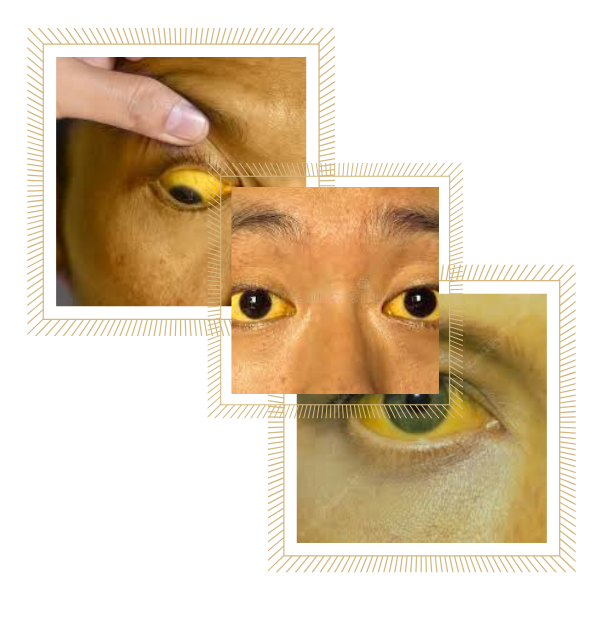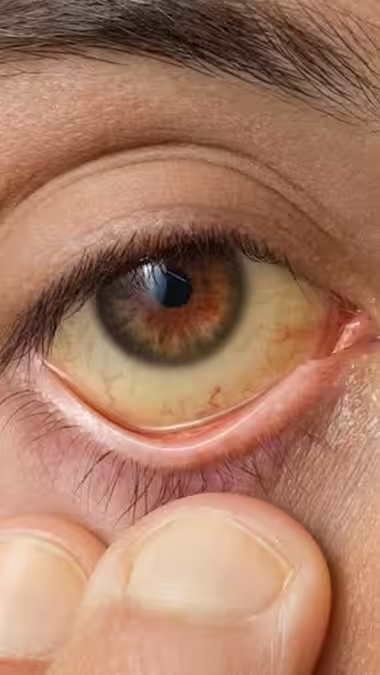Live out your life.
Jaundice Isn't Just a Color — It's a Warning
Jaundice is a condition that causes a yellowing of the skin, eyes, and mucous membranes, due to an excess of bilirubin — a yellow pigment produced during the normal breakdown of red blood cells.
Liver diseases
Liver diseases damage a vital organ, affecting digestion, detoxification, and metabolism — seek early diagnosis.
Hemolysis
Hemolysis is the destruction of red blood cells, leading to anemia, fatigue, and potential complications
Bile duct obstruction
Bile duct obstruction blocks bile flow, causing jaundice, pain, and liver damage—prompt treatment is essential.
Genetic disorders
Genetic disorders are inherited conditions caused by DNA mutations, affecting health, development.




